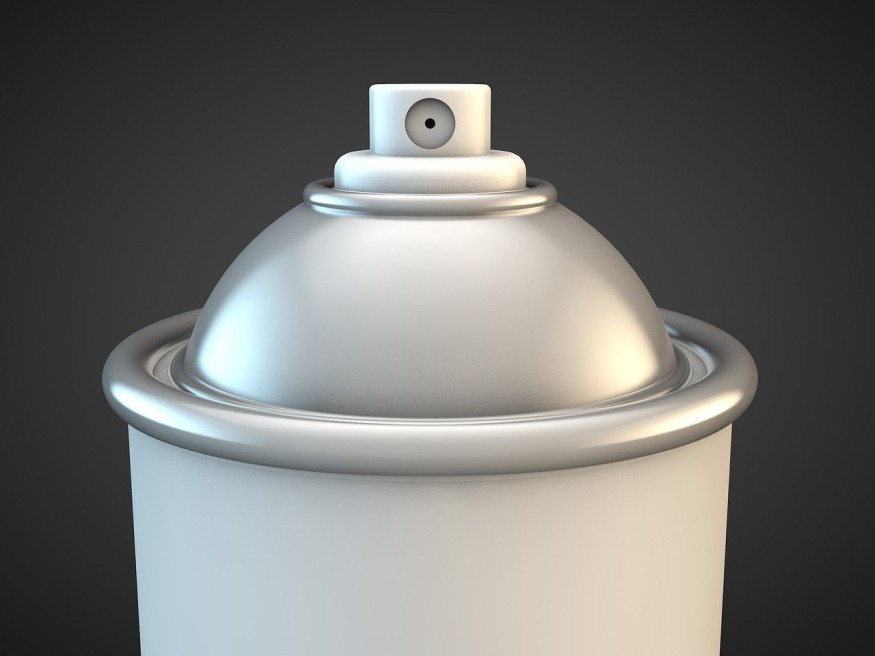
Some cancer-causing items can be found within the confines of the home.
In fact, a catastrophic injury lawyer has issued a warning to not use three of these cancer-causing house products.
Cancer-Causing Household Products To Avoid
Catastrophic injury lawyer Tom Bosworth, who specializes in wrongful death cases, said that carcinogens are hidden in cleaning products, air fresheners, and carpet shampoos.
Companies are required by federal law to reveal ingredients in cosmetics, food, and drug labels. However, cleaning products are exempt from this. As a result, consumers are left in the dark regarding the toxins that they could be inhaling.
If these are inhaled, such chemicals could lead to nervous system and liver damage. They may also result in lung or skin cancer.
Carpet Shampoos
Bosworth explained that shampoos that are used for deep-cleaning carpets or rugs have dangerous chemicals, such as perchloroethylene. This chemical is considered a carcinogen that could pose dangers to the nervous system, kidney, and liver.
This chemical is also referred to as trichloroethylene or tetrachloroethylene, which has been classified as a "likely carcinogen" by the EPA.
According to the EPA, studies have revealed links between individuals who are exposed to such chemicals at work and the later development of several cancer types, such as bladder cancer and non-Hodgkin lymphoma.
While this has not been conclusively associated with reproductive concerns, the EPA has also warned that it could lead to fertility declines, menstrual disorders, and altered structure of the sperm.
With this, individuals searching for carpet shampoo should opt for green products and those that do not have fragrances.
Read also: Toxic Chemical Lurking in Our Homes: How a Cleaning Product Is Related to Parkinson's Disease
Air Fresheners
Bosworth noted that air fresheners, such as Glade plug-ins, have VOCs (Volatile Organic Compounds) that cover formaldehyde, which could lead to nose, eye, and throat irritation during brief exposure.
However, long-term exposure could result in choking or coughing. This could also lead to throat swelling and result in chemical burns within the lungs.
VOC quantities may depend on the fragrance composition of the air freshener.
While air fresheners may introduce VOCs to the air via direct emissions, they may also lead to secondary reactions with indoor air compounds that naturally occur.
Ryan Sullivan, an associate chemistry and mechanical engineering professor from Carnegie Mellon University, said that, for chemists, what counts as "really clean" would actually be something without scent. This is because scents are mainly caused by chemicals.
The EPA recommends reducing products that have strong fragrance. They also recommend essential oils if individuals would like to add scents to their spaces.
Furniture Polish
Bosworth shared in a TikTok video that certain products used for cleaning furniture or wood could lead to lung and skin cancer. These may also contain chemicals such as nitrobenzene and phenol.
For individuals in the cleaning industry, repeated chemical exposure could lead to grave health impacts.
A study from 2020 discovered that cleaners, who have daily exposure to such chemicals for ours, have a 50% higher likelihood of developing asthma. They also have a 43% risk for developing chronic obstructive pulmonary disease, which is a chronic lung condition that could affect passageways of air and make it hard to breathe.
Another 2018 study found that the inhalation of cleaning products, such as furniture polish, could lead to lung damage that is equivalent to that of smoking a pack of 20 cigarettes each day.
Samara Geller, the cleaning science senior director from the Environmental Working Group, recommends taking a DIY approach to cleaning. A DIY recipe could include a mix of vinegar, lemon juice, and baking soda. This could work like usual cleaning products without any added carcinogens.
Check out more news and information on Medicine & Health in Science Times.
© 2026 ScienceTimes.com All rights reserved. Do not reproduce without permission. The window to the world of Science Times.












